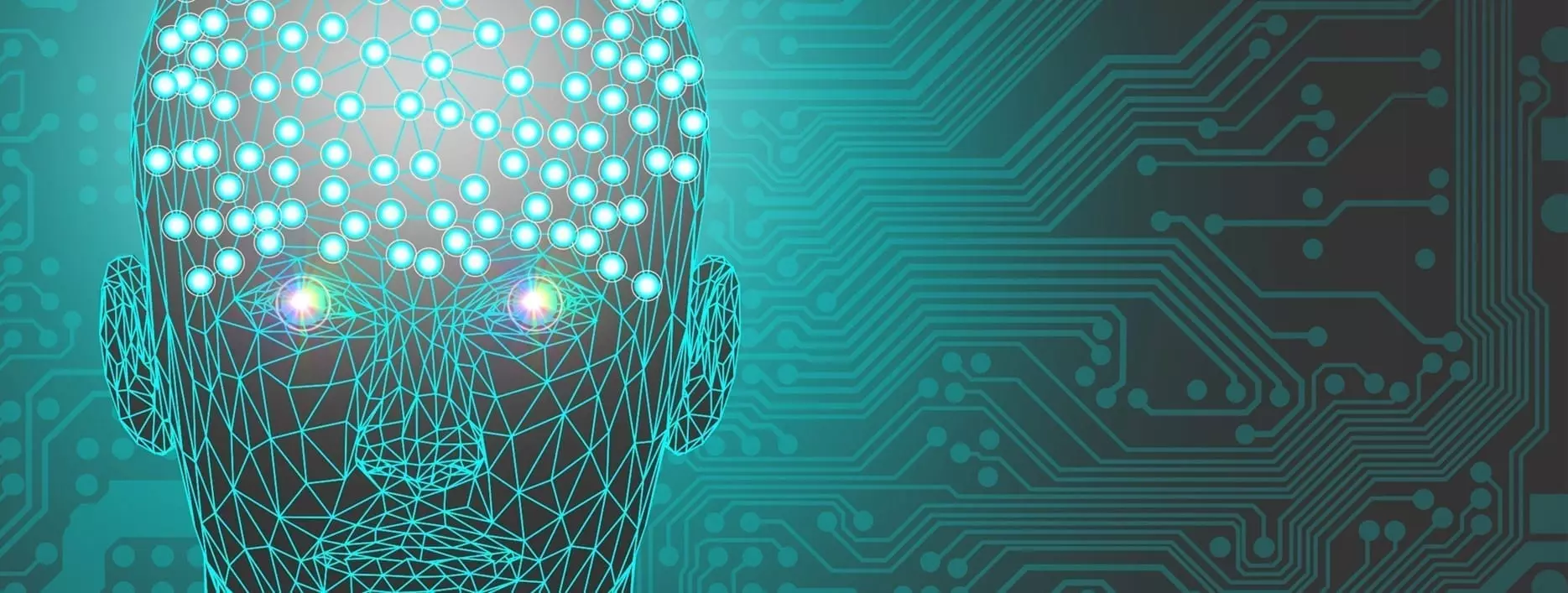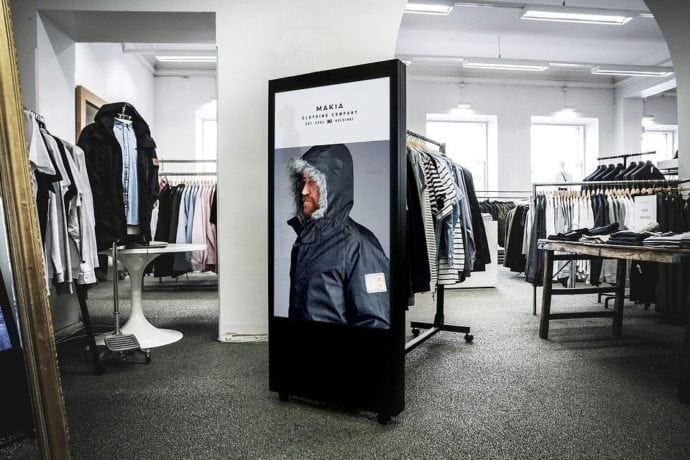
The use of artificial intelligence (AI) in a variety of different industries and sectors has exploded over the past few years. From healthcare and finance to agriculture and cyber security, there are now fewer and fewer businessesand enterprises that are unaware of the benefits AI could bring to their area of expertise.
The retail industry is one of many commercial and industrial sectors that have already begun to implement and integrate the first wave of AI-enhanced technologies into their business operations and there are currently a growing number of use cases and studies available that showcase the power of artificial intelligence within a retail setting.
While artificial intelligence is often touted as “master of all trades” solution, and while its capabilities may eventually warrant such descriptions, current AI-technologies are best suited to more specific applications.
Security, customer behavior and buying patterns, digital signage and much more can all be improved upon by artificial intelligence, however, this is best done with the implementation of specific AI or machine learning technologies as opposed to integrating a single solution and hoping it will run everything.
One of the most beneficial applications of AI technologies within the retail industry has been through their use with video analytics technologies and solutions, and this is where the focus of this article will stay.
In order to understand how artificial intelligence is enhancing video analytics in the retail industry, let’s now take a look at some of the ways in which these technologies are used together.
AI-Powered Video Analytics
Even before the integration of AI, video analytics has become an invaluable tool to retailers looking to seize the opportunity to capture data regarding their customer’s spending behaviors, track their browsing and more, all of which can provide insights into their overall shopping experience.
This data then enables retailers to further customize and tailor each individual’s shopping experience, through digital signage for example.
The layout of any store is an important factor in how customers behave inside of it, and AI-powered video analytics is giving retailers the ability to present their stores in a way that allows them to determine the levels of product exposure experienced by their customers.

This is done in the hopes of increasing the length of time customers spend inside the store due to it being more bespoke to them.
One of the key ways in which the expansion of the Internet of Things has helped to pave the way towards AI-powered video analytics is through the adoption of IoT devices such as IP cameras in-store.
Using networked-connected internet protocol cameras has meant that retailers are not only able to remotely access streamed video footage on a network, they could also gather data with regards to the content of that footage. The use of artificial intelligence to analyse this data would seem to be the next logic step towards creating valuable and, more importantly, actionable insights.
Surveillance and Security
Video analytics has uses outside of customer services, too.
One of the most important aspect to any commercial or industrial enterprise is the safety of both its customers and employees. The use of video analytics systems within a network of connected IP cameras can prove to be an excellent addition to any retail store surveillance and security system.
From providing insights into the best evacuation routes for each specific store to using historical video data to predict the products and displays most likely to be targeted by shoplifters, artificial intelligence-powered video analytics can generate insights from previous experience and learn from them to become increasingly better at their roles.
AI-powered video analytics are also able to monitor surveillance footage in real-time and activate notification and alarm systems automatically when certain environmental conditions or threat levels are detected.
This allows for a faster response to any unfolding incidents and helps to improve the overall safety of customers and staff.
Surveillance and security, alongside customer services are but a few of the areas within the retail industry currently be revolutionized by artificial intelligence and while the technologies we’re seeing deployed today are most likely the first of many iterations of AI systems, innovations elsewhere such as edge computing and automation appear as if they too will influence the direction of AI technologies in a retail setting.
The Retail Edge
With advances in edge computing and automation transforming the landscapes of so many other industries, it would seem reasonable to assume that, alongside artificial intelligence and the Internet of Things, the same will soon happen to the retail industry.
Edge computing, for example, could allow for a plethora of new and bespoke ways to interact and engage with customers both in-store and outside of them, with next gen AI-powered video analytics ready to collect and interpret data on the ways in which people interact with them.
This combination has also been proposed for enhanced security systems in which employees and customers are tracked throughout their visit as a means of ensuring their safety, and someday possibly enabling personalized and automated evacuation or safety instructions to individuals inside a store.
While such innovations may initially sound somewhat futuristic, the continued progression towards more intelligent use of data produced by IoT and other smart devices has paved the way for systems and technologies that enable us to do so.
Artificial intelligence and technologies such as edge computing, automation, and other emerging technologies such as 5G communications will likely be the foundations of a vastly different way of doing business we are as of yet only now seeing the makings of.






